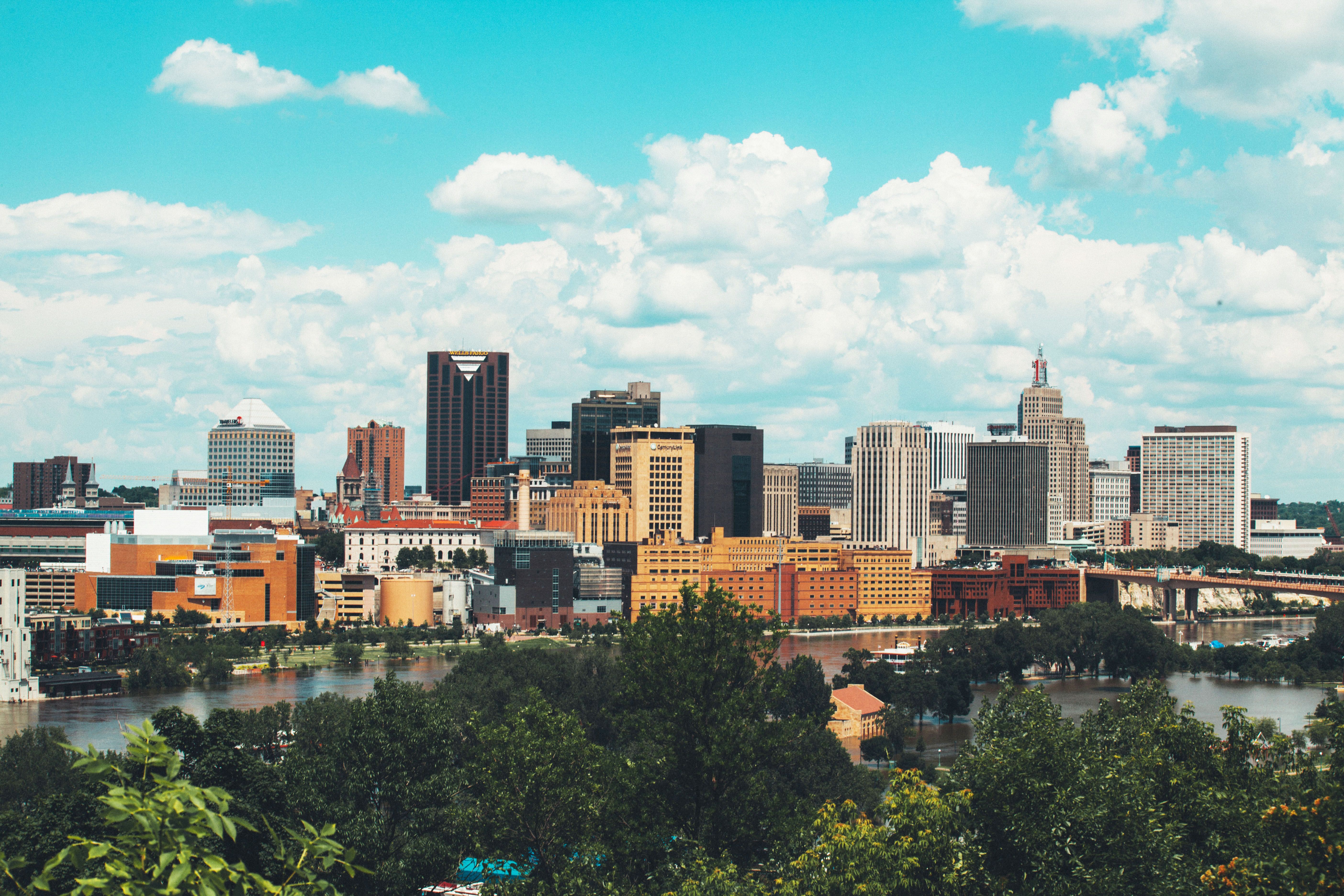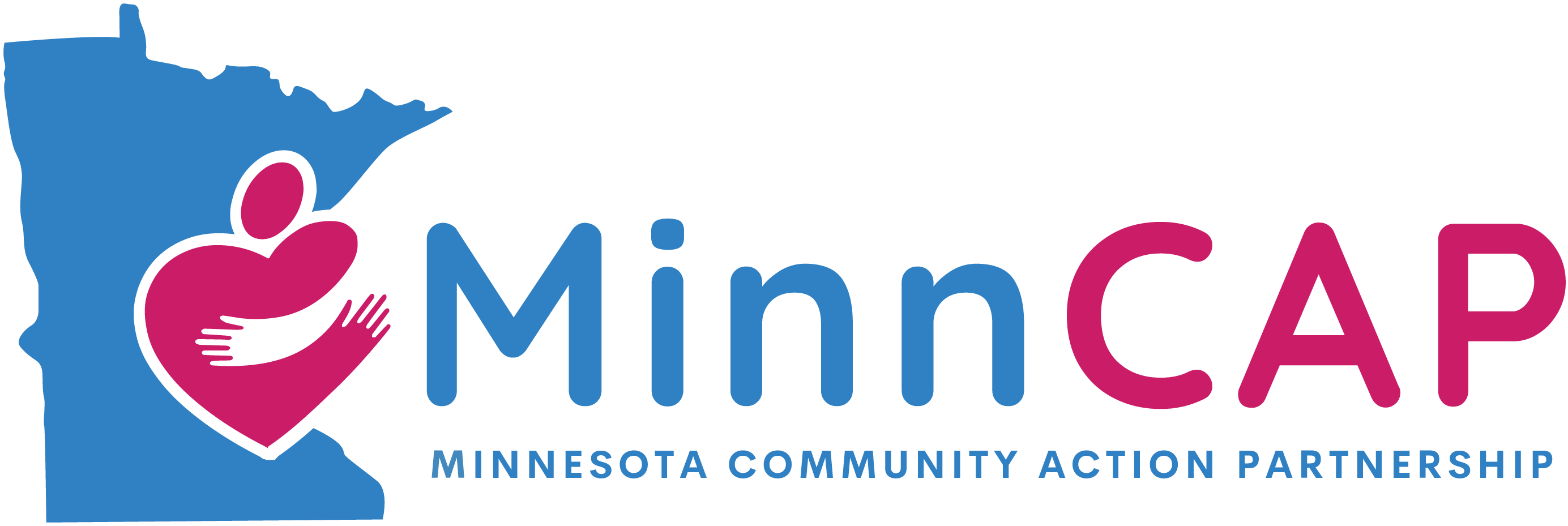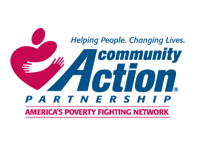
Last week, the release of the latest 2020 United State Census data revealed that approximately one-quarter of Minnesota’s 5.7 million residents are people of color, representing a significant increase over the past decade. More than one-half of St. Paul’s 311,527 residents are now BIPOC (Black, Indigenous, People of Color), making the capital city Minnesota’s largest municipality where people of color are the majority of the population, while the overall diversity of Ramsey County’s 552,352 people “now mirrors the rest of the nation more so than most of Minnesota” does.
A pair of recent articles by St. Paul Pioneer Press state government reporter Christopher Magan respectively highlight the demographic trends in the metro and greater Minnesota, and, the implications of these shifts, calling on Minnesota’s leaders to “refocus efforts on achievement and opportunity gaps.” Magan writes:
“By and large, Minnesotans of color routinely face disparities in household incomes, homeownership, health care access and academic success. State leaders and community advocates agree that addressing these disparities is essential for the state’s future success.”
Of course, this is hardly news to anyone. But, as Magan notes, while several initiatives to address racial inequities in Minnesota are underway, the outcomes to date “have been mixed at best.” For more details on Minnesota and the 2020 Census, read “As Minnesota grows, its diversity remains concentrated.” And, for on the implications of the 2020 Census in our state, please see “Three important things about Minnesota’s changing demographics.”









